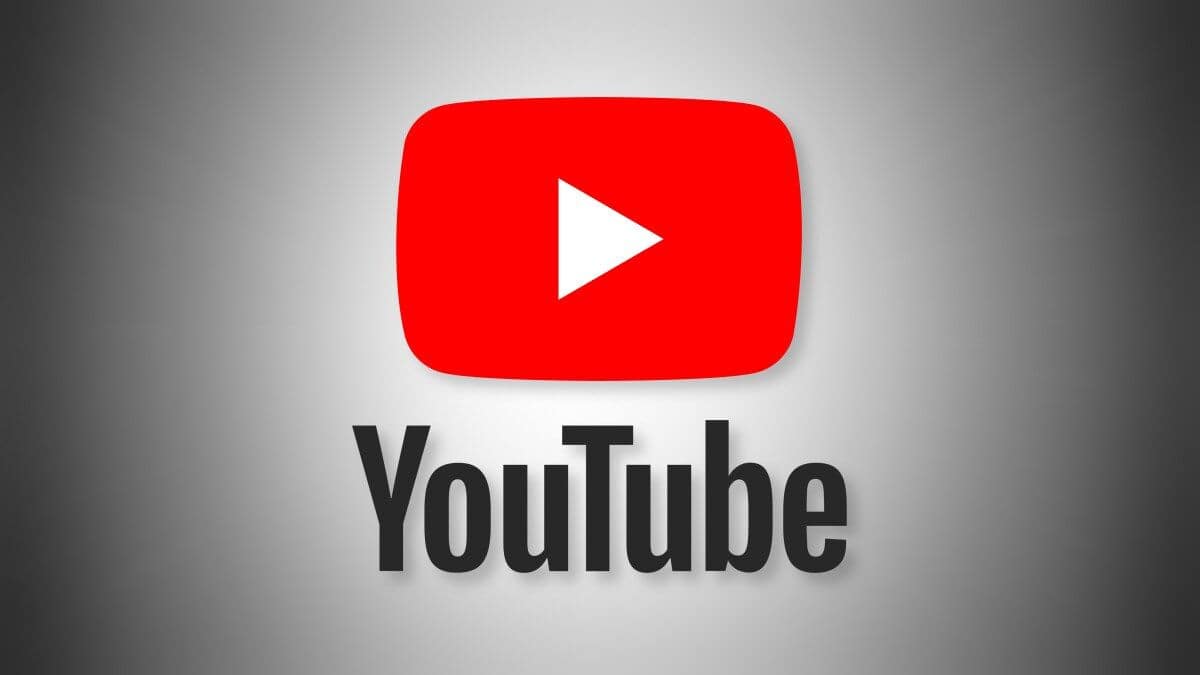YouTube turns 20! From dinner table idea to global domination
What's the story
YouTube, the world's largest video-sharing platform, is celebrating its 20th anniversary this week.
The idea for this global phenomenon was first conceived at a dinner party in 2005.
The founders—Steve Chen, Chad Hurley, and Jawed Karim—former PayPal colleagues—wanted to create an online space where people could share videos of their ideal partners.
The quirky idea eventually turned into the video revolution that is YouTube today.
Early days
YouTube's 1st video and initial growth
The first official video on YouTube, an 18-second clip titled "Me at the Zoo," was uploaded by Karim himself.
Unlike today's viral content, this first video didn't go viral immediately.
However, it has since racked up over 348 million views, marking the start of YouTube's journey into becoming a household name across the globe.
Strategic move
YouTube's acquisition by Google and subsequent growth
In 2006, Google bought YouTube for $1.65 billion in a deal that has since been lauded as the tech industry's smartest acquisition.
The success of the purchase wasn't just because of the technology powering YouTube, but also its unique user-generated content model.
Google's strategic integration of search, video, and advertising capabilities contributed a lot to making YouTube the global video-sharing giant it is today.
Creator boom
YouTube's revenue-sharing model and content explosion
Google's innovative revenue-sharing model also played a major role in YouTube's growth.
It incentivized creators to fill the platform with diverse content, resulting in an explosion of user-generated videos.
Today, YouTube has over 2.5 billion users consuming more than a billion hours of content every day, competing with traditional cable TV and other streaming giants like Netflix and Disney+.
Overcoming obstacles
YouTube's challenges and resilience amid controversies
Despite dealing with several issues like copyright violations and inappropriate video recommendations, YouTube has been able to stay on top with constant innovation and algorithm tweaks.
The platform's focus on user safety has helped it deal with these problems.
With over 100 million subscribers on its premium tiers, YouTube still beats cable TV and streaming giants in terms of user base.
